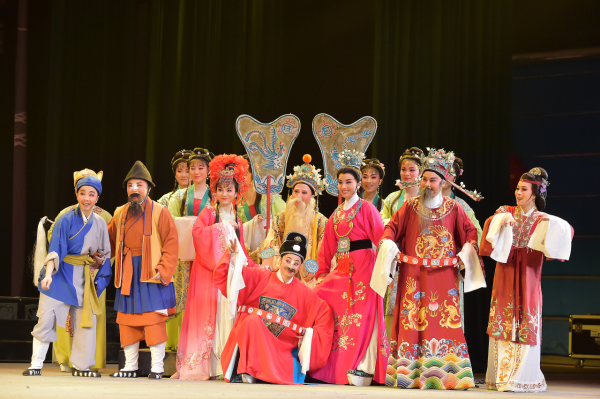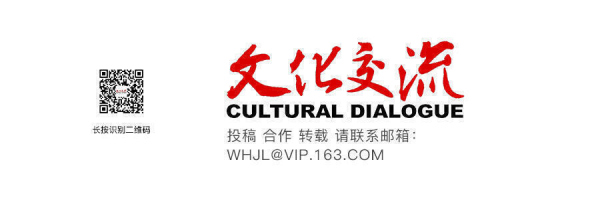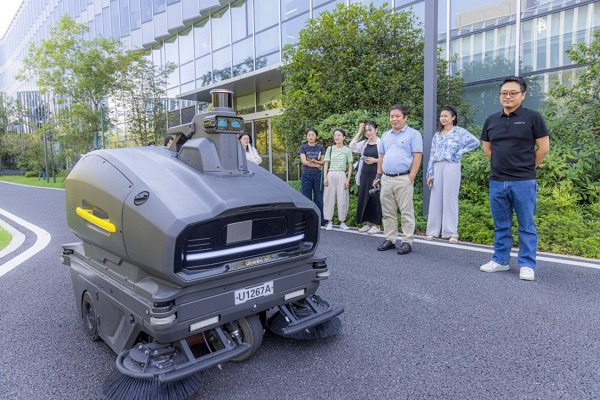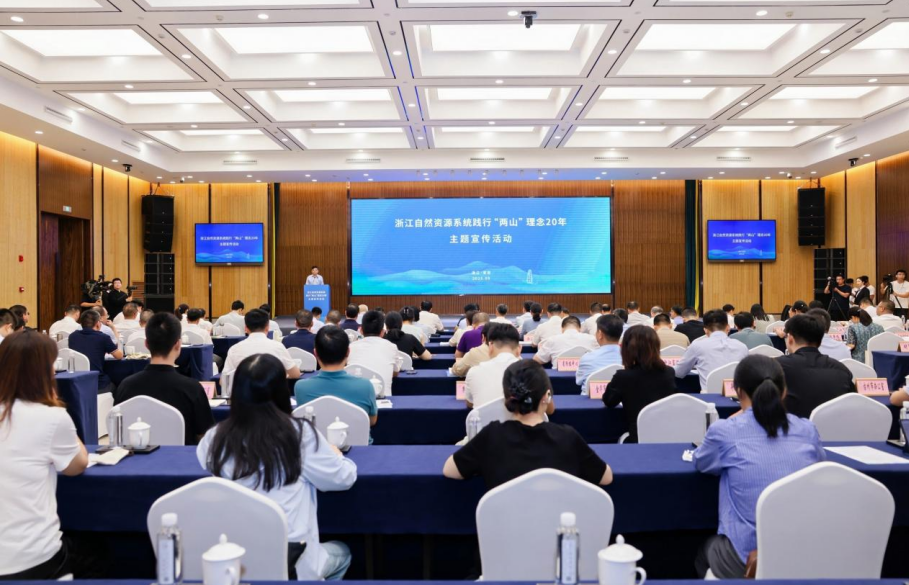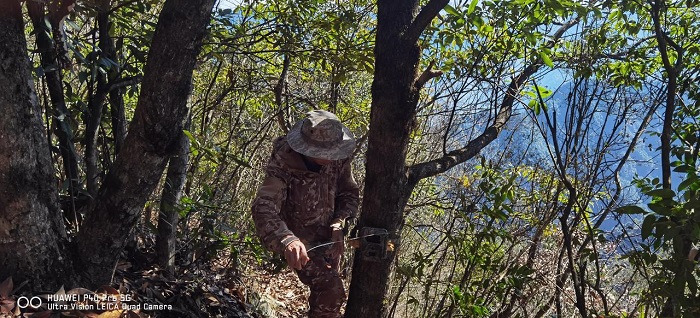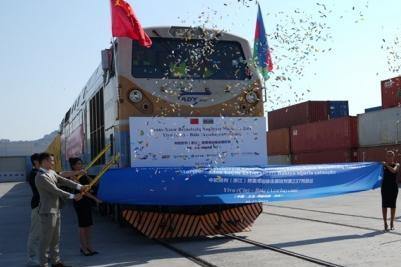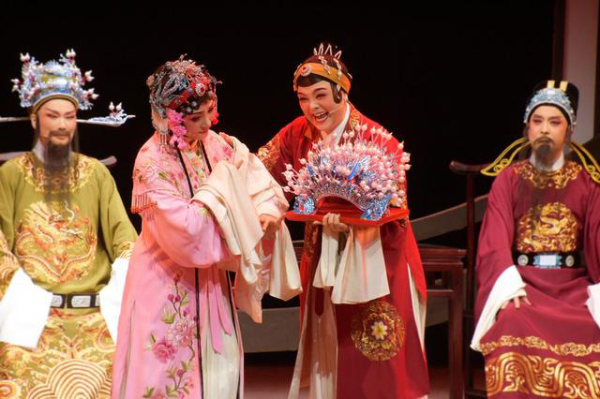
“The history of the Yueju opera is in fact the history of China’s social transformation in the last century,” according to Zhong Yeping, who has been shooting Yueju opera documentaries for the past thirty-odd years.
From luodi changshu, or singing out stories in the fields, to all-female troupes, from folk ballads to internationally recognized opera performance on the stage, Yueju opera has blended local people’s lives and the beautiful natural environment that has fed its growth, attracted hundreds of millions of fans and produced hundreds of plays and an ever-growing number of artists over the course of 114 years.
While it is now the second most popular Chinese opera, Yueju opera has a very humble beginning.
In 1906, a few villagers from Dongwang village, Ganlin township, Shengzhou city just returned home after performing in Waiwu village, Lin’an city. It was the Qingming Festival, or the Tomb Sweeping Day, when the Chinese people pay respects to their ancestors. As the villagers gathered at the ancestral hall, these village artists began to relate their stories of performances in other villages. “Why not you perform as a troupe?” So they did.
With four rice buckets and two door planks, a makeshift stage was set up in front of the ancestral hall. And with the performances of these village artists, Yueju opera was born. “From the very first day, Yueju opera has been steeped in the Wuyue culture and infused with the down-to-earth spirit of the Zhejiang people,” said Zhong Yeping.
Back in the old days, when Shengzhou people were working in the fields, some self-entertaining villagers would sing to each other or to themselves, drawing folk stories, local gossips or personal experiences. Over time, “A unique tune, which the locals call sigong hediao, developed,” said Zhong Yeping. “It was so named because it combined folk melodies such as cow-herding songs, Buddhist chanting, and gongchepu, a traditional Chinese musical notation.”
The establishment of the very first troupe of Yueju opera in Dongwang village led to the mushrooming of similar troupes overnight. The early Yueju opera troupes were called Xiaogeban (literally “Small Singing Troupes”) or Diduban (literally “Didu Troupes”), according to the Annals of Shaoxing City, as these troupes were consisted of only a small group of performers and used only small drums and wooden clappers as accompaniment (whose rhythmic beatings sound like di and du, hence the name Didu).
Since these troupes were small in size, they were very mobile and able to perform in various places, even in areas with harsh conditions. Moreover, as these artists cared little for remuneration, they were wildly popular with the people.
“When Yueju opera was first put on the stage, the performers couldn’t do any movements, nor any postures, let alone those acrobatic skills that artists of other traditional operas are often familiar with,” said Yu Wei, head of the Yueju Opera Museum in Shengzhou. But they were eager to learn from established and bigger troupes from Yao opera, for example. “The costumes were either from robes and dresses from real life, which were then altered for the purpose of performing Yueju opera, or rented from troupes of other operas,” Yu added.
“My shadow’s followed by moonbeams, Until I reach Shimmering Streams [i.e. Shanxi River in Shengzhou city],” Li Bai (701-762) wrote in his poem. Throughout history, men of letters who admired Shengzhou’s landscape had travelled to the place. During the High Tang period (ca. 650-755), over 400 poets wrote more than 1,000 poems about Shengzhou, Shaoxing and its neighboring areas, laying a solid cultural foundation for the blooming of Yueju opera.
However, one development that proved fateful for Yueju opera was its entry into Shanghai in the 1910s and 1920s. If Yueju opera had stayed in the fields or the immediate regions adjacent to its birthplace, it would never have attained the achievements that have taken it to such a height today.
“In August 1922, the Yueju opera troupe led by masters like Wang Yongchu, Bai Yumei and Ma Chaoshui went to perform in the Great World in Shanghai,” said Yu Wei, pointing at a yellowed clipping of Shen Bao (Shanghai News) collected in the museum. “The advertisement here called the opera ‘Shaoxing opera’, which is what Yueju opera is also known as.”
Gradually, Yueju opera gained more and more followers in Shanghai, with an increasing number of Yueju opera troupes venturing into the city. In early summer of 1947, to further develop Yueju opera and raise money to build opera schools, Yuan Xuefen, Yin Guifang, Fan Ruijuan, Fu Quanxiang, Xu Yulan, Zhu Shuizhao, Xiao Dangui, Zhang Guifeng, Xu Tianhong and Wu Xiaolou put on a benefit performance, and caused a great sensation. The “Ten Sisters of Yueju Opera”, as the ten artists are known, cemented Yueju’s status.
Today, the Yueju Opera Town in Shengzhou is making its mark, provincial opera troupes are consolidating resources to build more theaters and develop more plays, and private-run Yueju opera troupes in Zhejiang number in the hundreds, with those popular one giving 500 to 600 performances a year.
Indeed, looking back on the hard work of the past few generations of Yueju opera artists, their enterprising spirit is the cultural embodiment of the pioneering and entrepreneurial spirit of Zhejiang people. Yueju opera is not only Zhejiang’s cultural wealth, but also that of China and the whole world.
